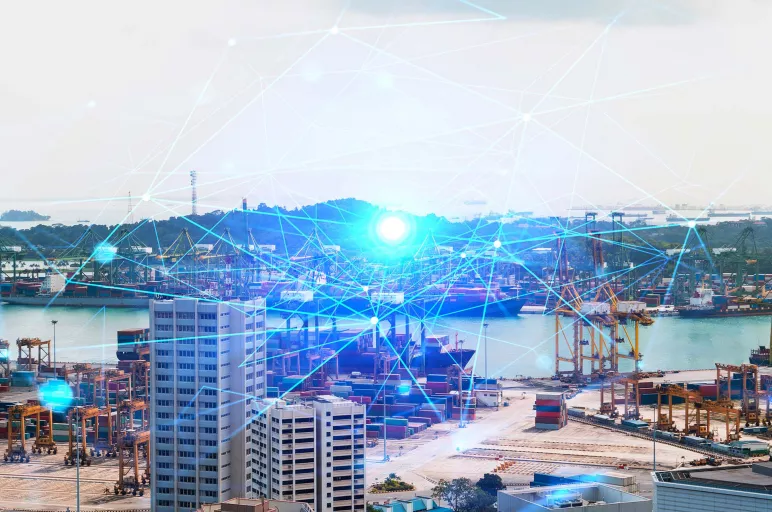
ERP Isn’t Enough: How Unified Procurement and Supply Chain Software Protects Against Disruption
- ERP systems are optimized for a certain process, but what happens when that process changes?
- Companies treat procurement and supply chain separately because they’ve always done so
- Unifying procurement and supply chain in a true end-to-end platform ensures efficiency and cost savings
April 08, 2021 | Supply Chain Software
Businesses knew there would be disruptions to supply networks as COVID-19 spread. But few could have expected a container ship to run aground in the Suez Canal and block all traffic for days, at an estimated cost of $400 million per hour.
Traffic through the canal has returned to normal, but it should be clear that future disruptions will continue to force today’s complex, interconnected supply networks to adapt on the fly. And the legacy ERP software that often manages these supply chains doesn’t provide the agility to do so. Why not?
ERP: Optimized for one process, not many
ERP software is a vertically integrated system – all the components are designed to achieve a certain goal or manage a certain process. And since each component is dependent on the others, to optimize for a different process or goal, an organization needs to change everything.
Businesses can spend years, and millions of dollars, implementing an ERP system to run their operations. And for their designed purpose they can be very successful. But the downside to that heavy up-front cost is the inertia it creates in organizations that have invested significant resources into creating a tool.
The problem lies in what happens when those business processes need to suddenly adapt.
The world changes in shocks, or steps, that necessitate sudden changes to business processes, as firms saw during the COVID-19 pandemic. An ERP isn’t designed to handle that kind of change. So enterprises end up using outdated software that is difficult and costly to modernize.
Keeping up with the rate of change
General Electric’s legendary CEO Jack Welch once observed: “If the rate of change outside exceeds the rate of change inside, the end is near.”
A hardwired, locked-down ERP implementation provides a static set of functions at the expense of the ability to change and adapt.
In times of crisis, when business priorities can shift suddenly and dramatically, that static system doesn’t provide security, it imperils it.
A unified platform to connect procurement and supply chain – and ERP software
That’s where next-gen procurement software and supply chain management software comes in. If an ERP is a vertically integrated system, the next generation of software powering today’s supply chains and procurement organizations is horizontal. New functionalities can be added without compromising the integrity of existing processes.
That horizontal architecture, in combination with a cloud-based platform, makes today’s supply chain and procurement software expandable and adaptable without having to go through a long, costly implementation process.
For starters, it’s easier to treat procurement and supply chain as part of the same ecosystem.
Companies have traditionally treated procurement and supply chain as separate functions because that’s the way they have always done it.
Unifying these two disciplines under one platform enables teams to speak the same language and work from the same data and taxonomy, breaking down siloes that inhibit effective collaboration and process efficiencies.
Organizations that rely on an ERP software to run their business can benefit from migrating to a cloud-based platform that doesn’t replace their ERP but works with it.
Today’s procurement and supply chain software is designed to be integrated with existing systems, expandable and with a light technological footprint that means it won’t take years and millions of dollars to adapt to the next business shock.



